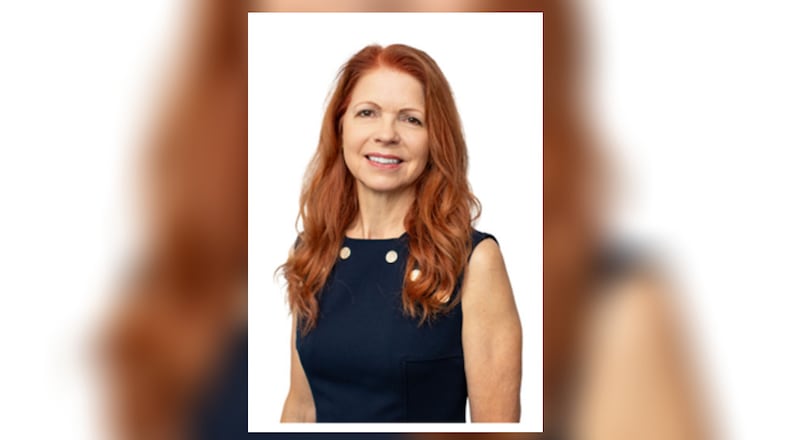Yet, while county governments became more reliant on sales tax, the state legislature has routinely created exemptions in sales tax. For Shelby County this array of decreases amounts to approximately $3 million per year.
This mindset has shifted the burden onto local governments to “figure it out”. Many entities have gone to the voter to replace those lost revenues with the only avenue available within current law being property taxes. When I discussed this shift with a legislator I was told, “if the community wants that service bad enough, they will vote for it.”
This trend is just one of several factors responsible for our current high property taxes. Near the end of the 2010 Great Recession, Ohio created initiatives to remove the State of dilapidated and abandoned properties with the Moving Ohio Forward program and the creation of County Landbank organizations. Thousands of sub-standard buildings have been removed but the process to replace them has not been well organized or defined.
Now we are seeing a high demand for land in both housing and agriculture. This is reflected in the high prices being paid for property. Guess what! Property tax levies are based on the market value of property. Every time a revaluation occurs the taxes go up in accordance with the market value. (One exception to note is some levies are fixed income levies and collect the same amount throughout their voted time period)
How can this issue be resolved? One initiative is working to eliminate property taxes entirely. This short-sighted idea fails to contemplate how local services including Fire, EMS, Police, Libraries, Health Departments, and especially schools will be funded. The State has recently thrown out several ideas, but all of them are aimed at local entities once again shouldering the loss of revenue. The only revenue replacement idea has been to increase sales tax. This plan would ensure only local residents feel the pain leaving every single out of state investor off the hook, while past history indicates persons in border counties would leave the state to buy their goods. Additionally, it is thought sales tax rates would need to be approximately 20% to fill the gap required to maintain essential services.
Your county commissioners are working with our association (CCAO) and the County Auditors Association (CAAO) discussing ideas almost daily. We want meaningful reform while working within the guidelines of Ohio’s constitution. Ideas submitted to the Governor’s Taskforce currently being vetted include expansion of the Homestead Exemption, tying inside millage increases to inflation, eliminating certain types of levies, changing the owner occupancy credit, and creating abatements for long-term residents that would be backed by the State.
We recognize the need for reform and are looking for ways to trim once again. As we meet with other county entities and agencies, we will work to make this a collaborative effort in Shelby County with our residents needs in mind. However, we need our state legislators to partner with us. Their current stance is to say that the state does not pass property tax levies nor do they collect the revenue. This talking point entirely ignores the fact that the State Legislature writes the rules.
Vital services are being provided at the county and local level by your family and friends. Our teachers, first responders, and so many others need property tax revenue collections to do their jobs. Your input on this issue can ensure that continues.
Julie Ehemann is a Shelby County Commissioner.
About the Author
